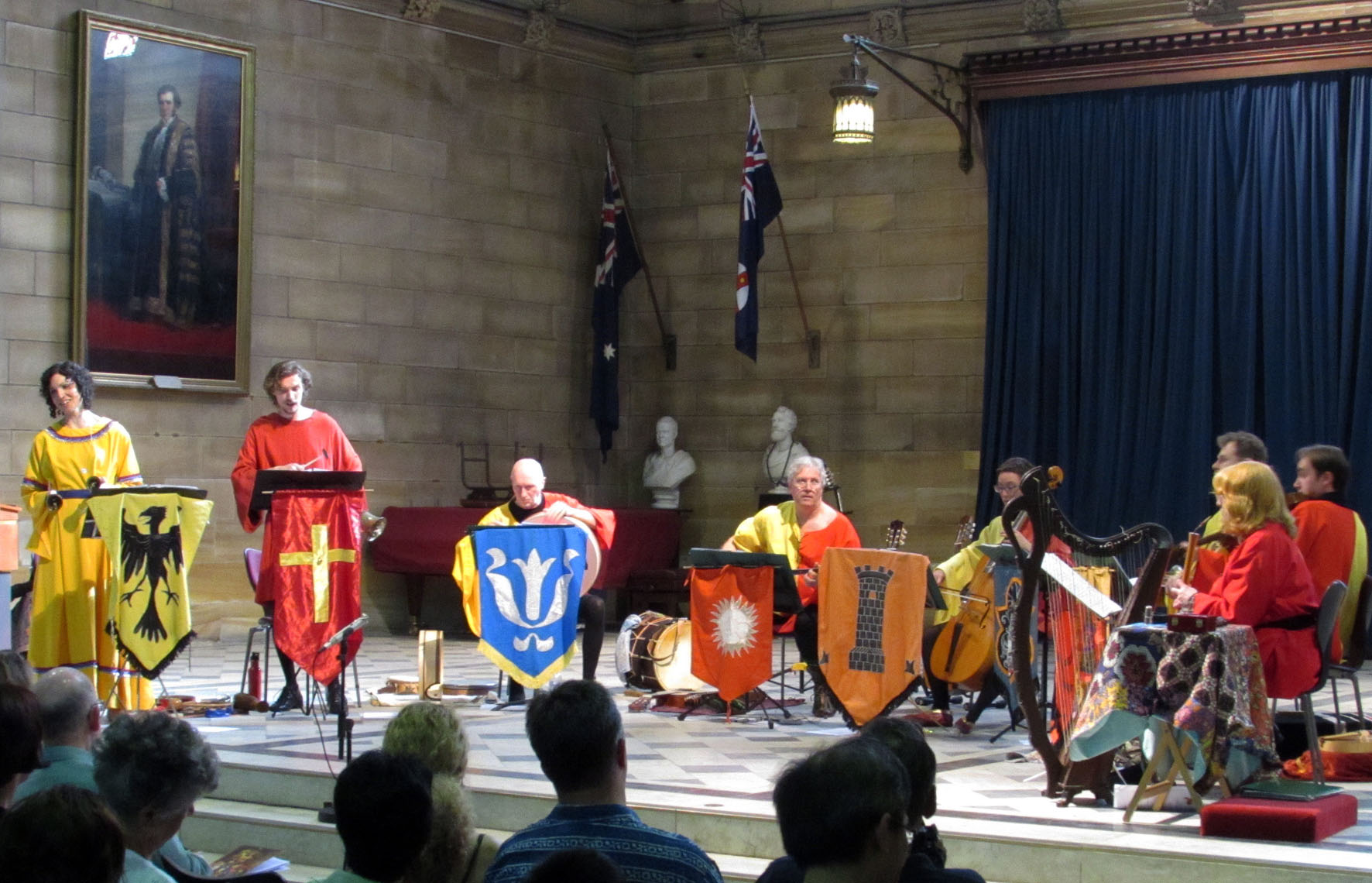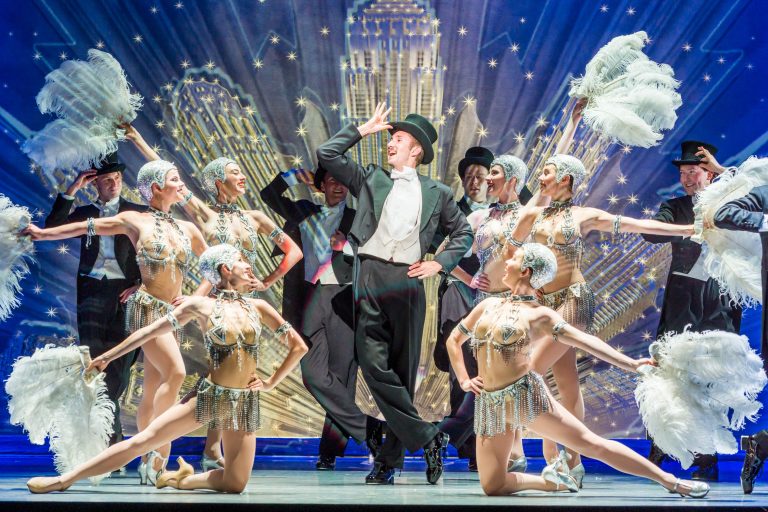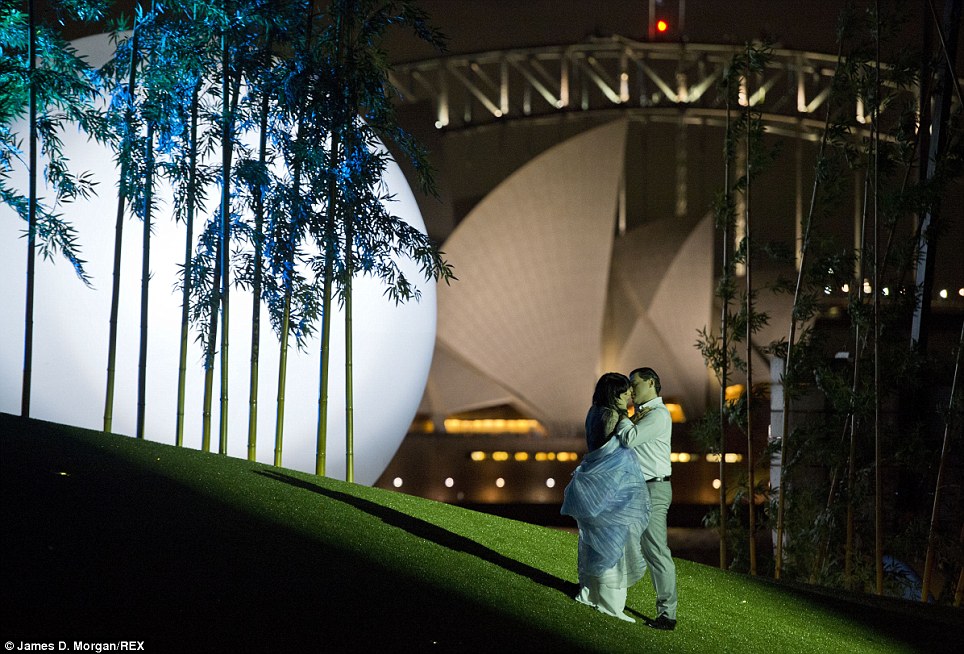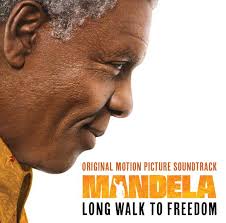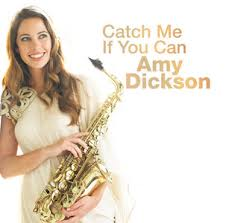Concert Review: Australian Brandenburg Orchestra/ Dmitri Sinkovsky
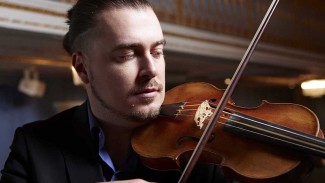
Dmitri Sinkovsky with the Australian Brandenburg Orchestra,
City Recital Hall, July 23rd, 2014.
It’s not too rare for an instrumental musician to swap instrument for baton or to direct an ensemble from the instrument. However, I can’t recall any musician proficient enough in the practice of two instruments (and that includes voice), to perform both of them in solo – except for Russian violinist Dmitry Sinkovsky.
Presently touring with the Australian Brandenburg Orchestra, Sinkovsky’s programme was dominated by Vivaldi’s works for the violin. From the violin, Sinkovsky also directed the strings of the ABO, the core of this ensemble, augmented by the organ and harpsichord played by ABO Artistic Director Paul Dyer AO.
In an impressive display of versatility and demonstrating a splendid counter-tenor voice, Sinkovsky emerged sans his violin in the second half of the concert to present a different facet of Vivaldi’s writing, singing the cantata Cessate, omai cessate RV 684. Giving Sinkovsky time to change hats, ABO cellist Jamie Hey made a welcome detour in sound to perform Vivaldi’s Cello Concerto in a minor, RV 421.
It was an opportunity to be immersed in the writing of Vivaldi. We heard five of the hundreds of instrumental concerti he wrote. Those five however, were classic exemplars of how Vivaldi established, developed and played with the three movement form and the ritornello – using modulation, repetition and reprise, variations in thematic material, dialogues between concertante and ripieno players, soloist and ensemble and the insertion of cadenzas.
Sinkovsky was an inspired choice to showcase Vivaldi’s compositional skills and his superb capabilities as an orchestrator. A specialist in historical performance practice, he performed on a 1675 Francesco Ruggeri violin. His refined style and brilliant technique achieved a lightness which contrasted with the cohesive and understated but ever-present support of the larger ensemble. The evening’s selection of concerti contained a variety of the instrumental techniques used by Vivaldi to colour his music -pizzicato, nuanced string articulation and bowing and syncopation.
Vivaldi’s Concerto in C major RV 177 was joyful and invigourating start. Corelli was the lone interloper in the programme of Vivaldi with his dance inspired Concert Grosso opus 6 no1 in B flat major. For this, Sinkovsky joined forces with ABO violinist Ben Dollman and theorbo player Tommie Andersson to form a sensitive and elegantly blended concertante ensemble gently handing the themes around for each to express in their individual style.
Vivaldi’s Concerto in d minor RV 246 provided a change of pace with Tommie Andersson trading theorbo for guitar. The sombre passages played in unison by the ensemble were a perfect foil for the impossibly beautiful soaring lines created by Sinkovsky. Especially rousing was the syncopated ostinato from the violas as the rest of the orchestra cavorted above them – musically speaking, of course.
Sinkovsky’s rendition of the cantata was, like his violin playing, masterful, elegant and agile with a spectrum of colours expressing the different moods of the text. It’s a tough call when one talent is so great, but another is even greater. Sinkovsky’s exceptional violin playing overshadows what is an outstanding vocal talent.
Jamie Hey’s performance revealed a solo ability too often disguised in the ensemble. He gave a brilliant account of the RV 421.
Finally, Vivaldi’s Concerto in d minor opus 8 no7 RV 242 which calls for some quite fearsome bravura playing. Sinkovsky addressed the challenge with aplomb, whipping up the musicians and audience with a rare vitality and ending the evening with the audience begging for more.
Generous with his encores, Sinkovsky’s first of three offerings was the aria Cara sposa from Handel’s Rinaldo, which he dedicated to the victims of the doomed Malaysian Airlines flight MH 17. To say that this was sung from the heart would be to imply that everything that had gone before was not. It must be said though that this rendition held an intangible element of poignancy and depth. Second was the first movement of Winter from Vivaldi’s Four Seasons. Interpreted and re-interpreted by so many, this arrangement was exhilarating and embellished with atmospheric jagged, icy harmonics. It is to be released on CD towards the end of this year. Finally to bid us good night a hypnotic performance of the aria Pianta bella, from Albinoni’s Il nascimento de l’Aurora.
Shamistha de Soysa for SoundsLikeSydney©


